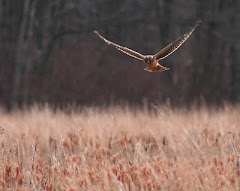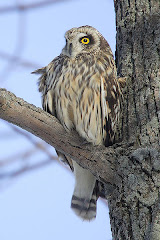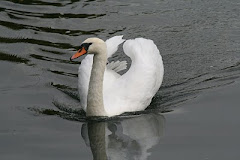
It is impossible to observe wildlife without constant reminders of Alfred Lord Tennyson’s description of Nature as ‘Red in tooth and claw’. It is sometimes easy to forget that some of the most thrilling encounters in the natural world will culminate in the death of one of the participants, the thrill being tempered with sadness and a little guilt – rather, I imagine, like the observers of the aerial battles during the Battle of Britain.
One of the most spectacular flying machines in the natural world is the dragonfly. It has the agility of a small helicopter but it wasn’t until I witnessed a kill that I realised what awesome predators they are. I was walking in the woods above Betws-y Coed in Snowdonia, marvelling at several dragonflies putting on an aerial display, when a large specimen suddenly swooped onto the bracken by the side of the footpath. I had no idea what it had seen, but, even though I was lucky enough to locate it almost immediately, by the time I had it had already eaten its way through the lower half of a wasp.
The master of aerial hunting is undoubtedly the peregrine falcon and, although one chose our garden in which to die last year, I have never been privileged to witness one stoop and take its prey. I have seen a peregrine in its typical rocky habitat in Cornwall and close to a recent choice of nest site high on one of the towers of Lincoln Cathedral, but my best views have been on the Lincolnshire coast, where they frequently spend several weeks during the winter.I even spotted one trying to take a lapwing as I watching great black backed gulls scavenge the after-births of newly-born grey seals at Donna Nook.
Although the peregrine is acknowledged as the supreme aerial hunter the sight of a sparrow hawk in relentless pursuit of anything from a wren to a pigeon is still something that is guaranteed to make the pulse race. The Sparrow hawk population crashed in the 1950s and 1960s because of the use of synthetic pesticides such as DDT. My first sighting of one was in the early eighties, soaring over Weelsby Woods in Grimsby, but their numbers have improved so dramatically that hardly a week passes when I fail to see a sparrow hawk, frequently a distraction whilst driving as prey is pursued across a road or roundabout. There can be few people who feed their garden birds who have not witnessed the gruesome sight of a sparrow hawk plucking its prey on the ground before tearing it to pieces.A visit to the sands and salt marshes of the east coast at low tide will explain the presence of birds of prey during the winter. There are often tens of thousands of small waders feeding in the invertebrate-rich mud and it was this scenario that provided me with a fascinating glimpse of the feeding habits of our smallest birds of prey. I had set off early to drive the tortuous route through Hull and East Yorkshire to Spurn Point, the only positive being a stunning view of the sun-rise from the Humber Bridge. I had just parked the car and was stretching my legs and scanning the waders feeding on the wet sand when I was suddenly aware of a rapid movement a few feet above their heads. A bird of prey without doubt, but I was unsure exactly what it was at first. Before the waders had chance to take flight the merlin, as I later identified it, seemed to reach down and grasp one of them before continuing its flight towards the beach. It was as if it were snatching an item of food from a supermarket shelf. As hundreds of waders rose into the air, accompanied by the belated alarm calls of numerous red shanks, the merlin settled on the dry sand and proceeded to pluck and devour what I could now see was a dunlin.
Another scene had unfolded, as exciting as any wildlife film, and I had the fortune to have witnessed it first hand. One of the great pleasures but also one of the great sadnesses of such encounters is that, unlike a scene from a film, I was the only person in the world to have seen it.


















.jpg)
























No comments:
Post a Comment